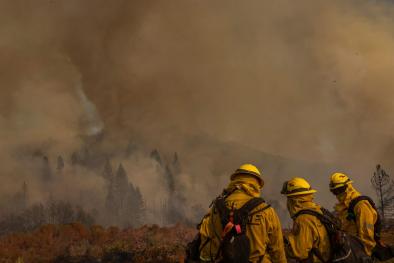Science Source
Heat-related mortality risk model for climate change impact projection
- Improves the fit and precision of a model developed previously for projection of heat-related mortality attributable to climate change
- Calculates heat-related excess mortality for 2030 and 2050
- Defines heat-related excess mortality as: The temperature–mortality relation forms a V-shaped curve, and the temperature at which mortality becomes lowest is called the optimum temperature (OT)
- Defines excess mortality as the difference in mortality between the OT and a temperature beyond the OT is the excess mortality
- States the proportion of deaths due to heat-related mortality attributable to climate change appears small compared with the total number of deaths; however, considering that even huge cyclones do not kill many people nowadays in high-income countries, heat waves are a major environmental hazard
- States need to compare the heat-related impact and cold-related impact to obtain the net impact of global warming, but notes it's naive to apply the V-shaped temperature–mortality relation to projections for future cold-related excess deaths and aims to develop the model discussed in the paper for cold-related excess mortality after taking into account points raised in papers discussing V-shaped temperature–mortality relation
Related Content
Headline

Feb 7, 2024 | Climate Nexus Hot News
Heat And Smoke Are Worse Together Than Apart
Science Source
| Science Advances
Unprecedented climate events: Historical changes, aspirational targets, and national commitments
Noah S. Diffenbaugh, Deepti Singh, and Justin S. Mankin
Science Source
| American Meteorological Society
Sixfold Increase in Historical Northern Hemisphere Concurrent Large Heatwaves Driven by Warming and Changing Atmospheric Circulations
Cassandra D. W. Rogers , Kai Kornhuber , Sarah E. Perkins-Kirkpatrick et al
Science Source
| American Meteorological Society
Diverse Characteristics of U.S. Summer Heat Waves
Bradfield Lyon and Anthony G. Barnston


